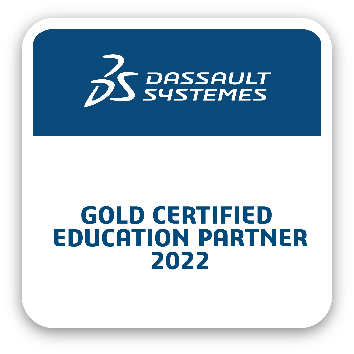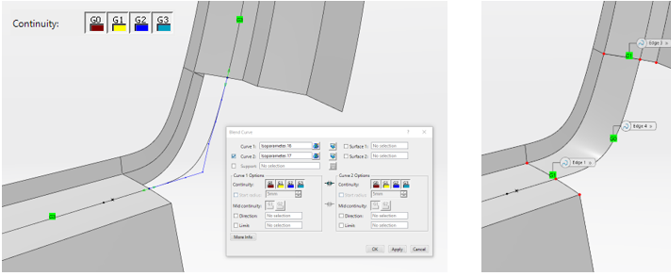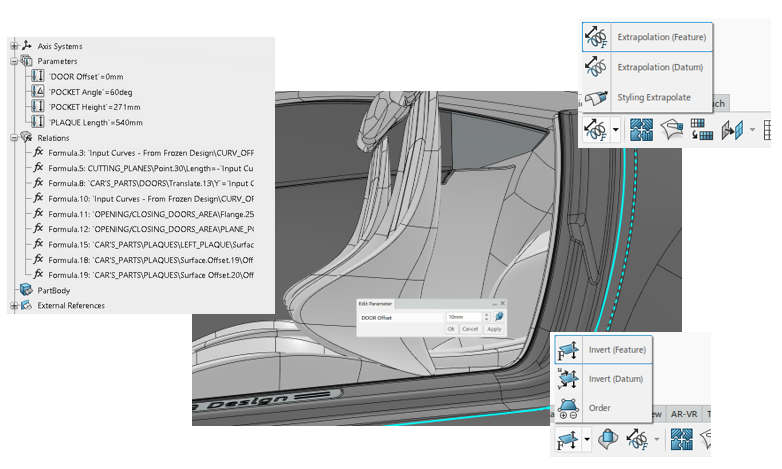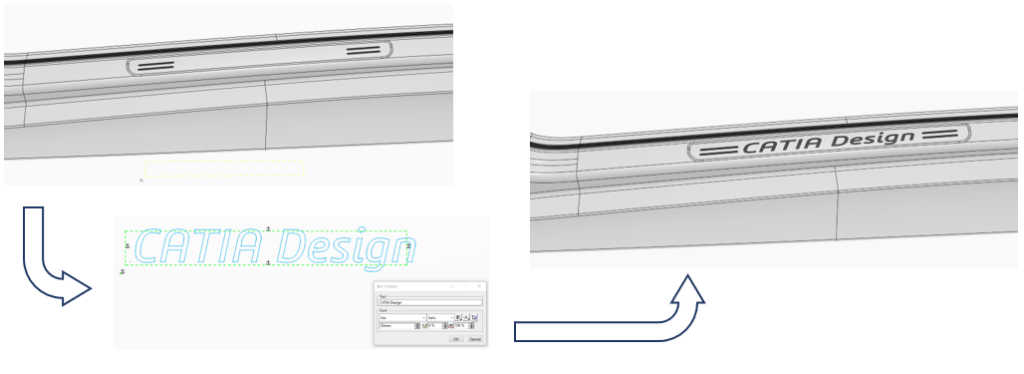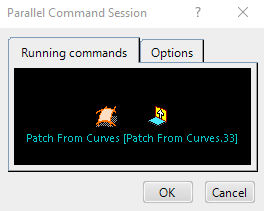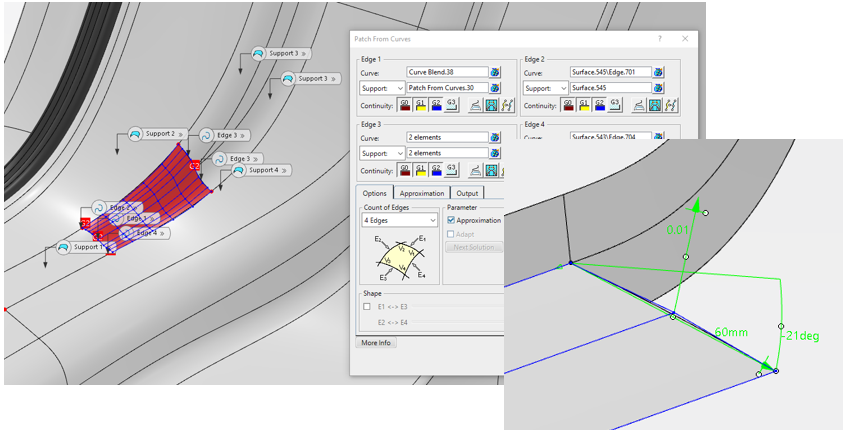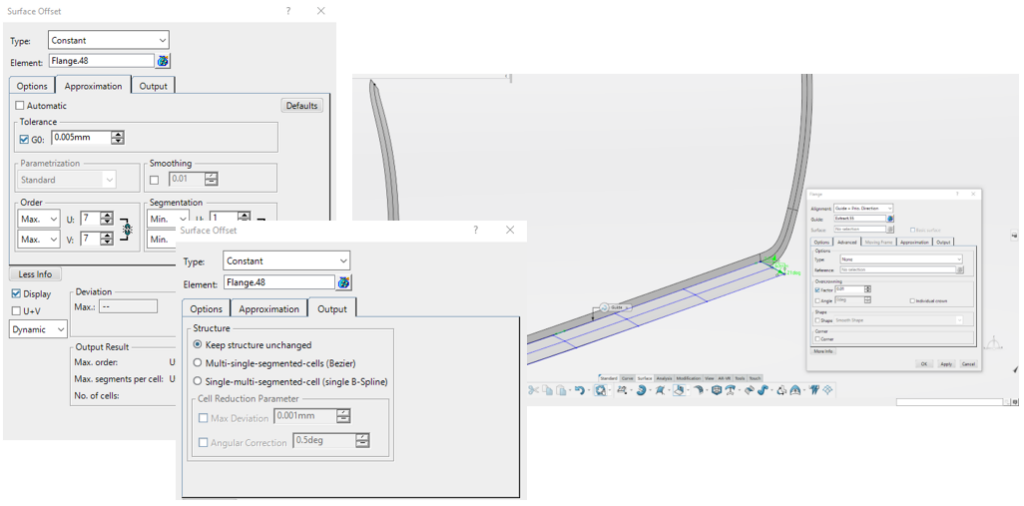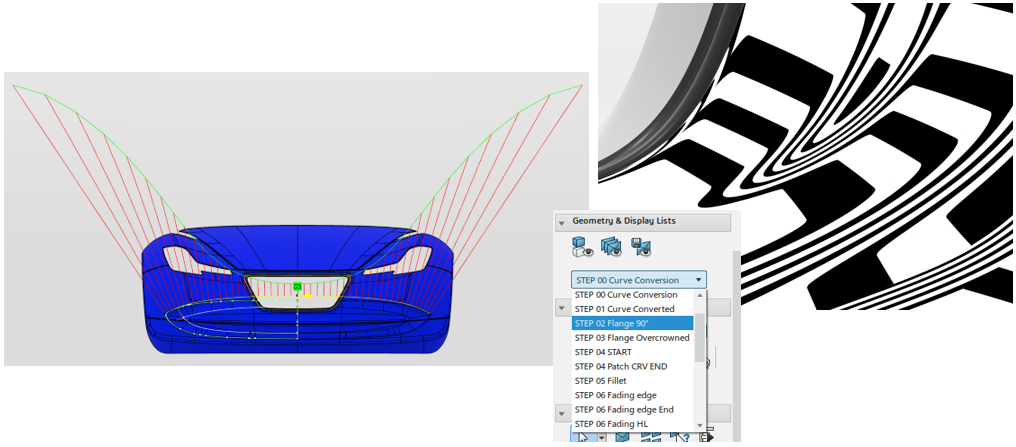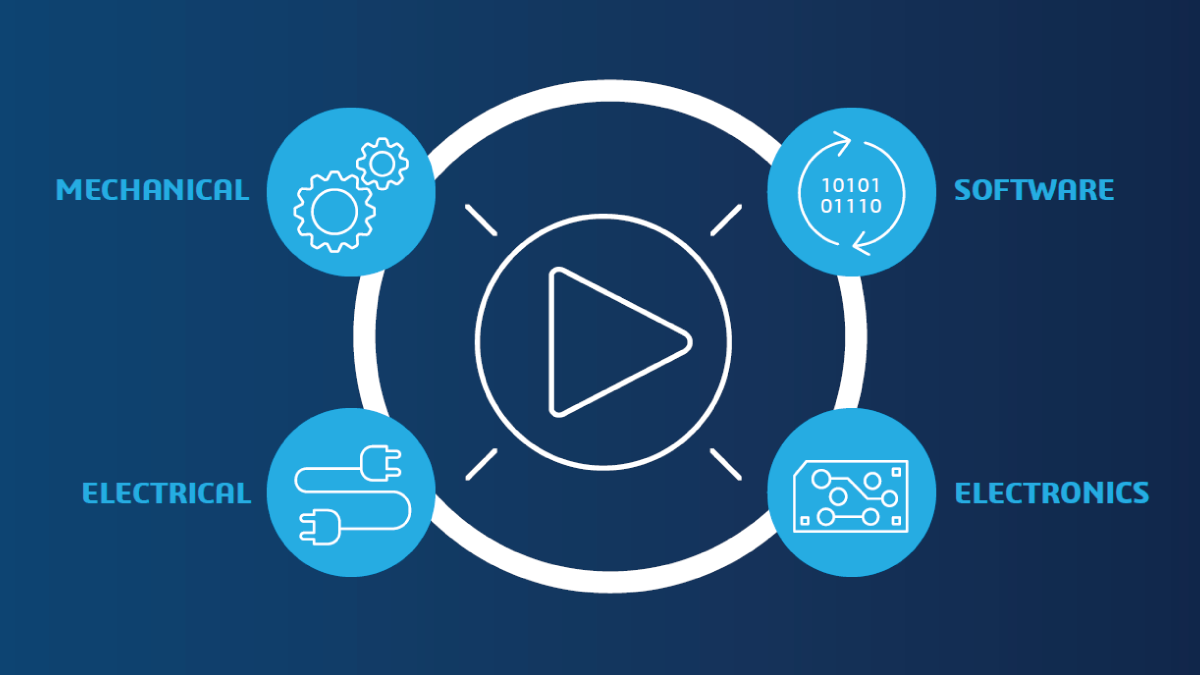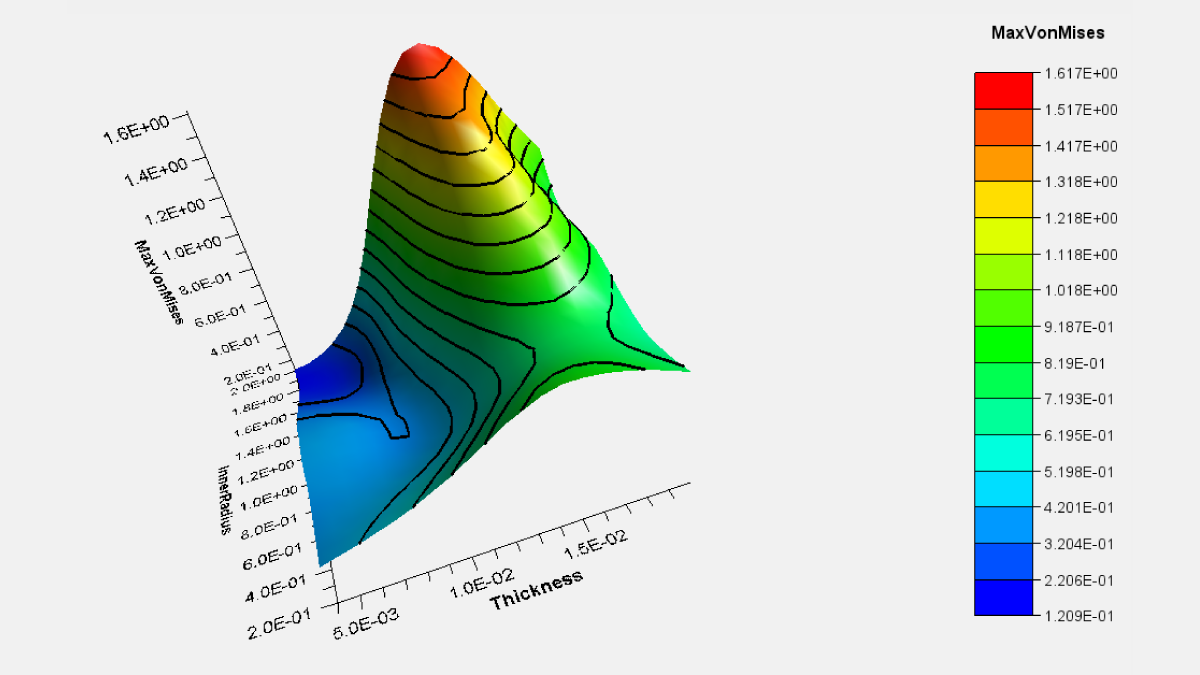When it comes to digital product design processes, high quality surface modeling and optimization has traditionally been reserved to specialized explicit use through ICEM Surf. However, with the integration of ICEM on the Dassault Systèmes 3DEXPERIENCE® platform, the power of ICEM has been supplemented with the feature-based modeling capability of CATIA. As a result, digital sculptors and advanced surface specialists can utilize an optimized workflow to achieve a higher level of surface quality in less time, while benefiting from direct connection to other CATIA applications.
By avoiding data transfer and leveraging the inherent strength of the CATIA 3DEXPERIENCE modeling environment to preserve data associativity throughout the design process, design iterations can be performed with ease. Design teams can also become more productive as they reduce repetitive tasks when evaluating more design iterations in the same amount of time, ultimately improving the quality of the finished product.
Higher precision in surface quality is not solely limited to automotive and aircraft design. Increasingly complex surfaces can be found in marine and energy industry products such as yacht hulls and wind turbine blades. Additionally, in today’s highly competitive consumer product industry, industrial designers need comprehensive design tools to create refined and aesthetically appealing product designs with high perceived quality to match consumer demands and increase sales.
CATIA ICEM advanced surfacing on the 3DEXPERIENCE platform is a unified solution that complements traditional parametric surface modeling work. It delivers the right combination of powerful tools needed by designers to create high end Class-A quality surfaces by enabling them to:
Achieve G3 curve and surface level continuity
Higher level G3 curve and surface definition controls the rate of curvature across curve-curve and surface-surface transitions. By maximizing the lead-in from one element to another across the transition zone, the user creates the best possible blending solution between the two connected elements, as is possible in aero surface advanced lofting for example.
Perform datum and feature-based modeling in combination
Hybrid modeling allows users to explicitly design through direct surface manipulation in conjunction with associative, feature-based design techniques. This flexibility supports organic surface creation and refinement, especially when linked with parametric modeling. It also offers a quick and convenient review of global effects to better guide decision making and meet the challenges of reduced product replacement cycles.
Maximize design efficiency with capture & re-use capabilities
Increase overall process effectiveness and streamline surface designs by retaining technical know-how and eliminating repetitive tasks. Retention of engineering knowledge leads to simple re-use of design templates, creating a more robust design process. Save the desired templates and retrieve them for future designs to maintain consistency and uniformity across different styles.
Save time through concurrent commands
Parallel command sessions give designers the ability to use concurrent commands. While reducing time lost in adjusting single command settings, concurrent command usage also serves to reduce total design effort and ensure quicker processing of certain design tasks.
Harness the flexibility of advanced commands through different accepted inputs
Less restrictive acceptance of command input geometry promotes increased design freedom in a more flexible surface modeling environment, coupled with an ability to adjust interface tension and values using handles. Matching curve and surface constraints up to G3 continuity respects and maintains the design intent.
Harness the flexibility of advanced commands through different approximated outputs
In the generation of command outputs, users are granted total control over the resultant curve or surface order and segmentation to determine an acceptable approximated solution. This ability to further consider the mathematics behind curves and surfaces is improved by the availability of convenient automatic surface overcrowning in various relevant commands. Consequentially, by eliminating secondary operations, this increased level of user control simplifies the surface model tree structure and directly improves the communication within the design group.
Make informed decisions by utilizing an extensive variety of analysis tools
The use of appropriate analysis and visualization tools assists users to progress and advance their designs by diagnosing curve and surface defects and irregularities. A complete evaluation reveals potential causes before corrective action can be taken to achieve the desired result. Dynamically reacting analyses demonstrate the immediate effect of source geometry modification, and the instantaneous reactions to adjustments also display the net surface global effect. In addition, with preset camera views in user-defined display sets, the entire design group can quickly view the preset design elements to mature the design accordingly.
Win-Win
The inclusion of ICEM Surf mathematics through the complete portfolio of ICEM design tools in the 3DEXPERIENCE platform is not only beneficial to the individual user but also better serves the entire organization, keeping its entire global design network connected. Significant gains propagate to all downstream users – such as aerodynamicists, composites engineers, and NC tool path programmers – as they benefit from the reduced computational effort resulting from improved surface quality. As all users across the enterprise access the same data, they can effectively collaborate to accelerate the surface design process and reduce Class-A surface lifecycle to quickly reach that optimized product form and final design acceptance.
Questions?
If you have any questions or would like to learn more about CATIA ICEM Advanced Surface Modeling on the 3DEXPERIENCE platform, contact us at (954) 442-5400 or submit an online inquiry.
